CoMprESSIoN FrACTurE
A compression fracture is a spinal fracture resulting from compression of the vertebra. Compression fractures can occur in any area of the spine. It can affect one or more vertebrae. Compression fractures typically develop in your mid or lower back. This can change the shape of your spine.
Causes
Most compression fractures develop because of osteoporosis. This is a loss of bone density. It causes your bones to become weak and brittle. If you have osteoporosis, routine daily activities such as bending down or coughing can gradually damage your vertebrae. Compression fractures are also caused by traumatic injury. And they can be caused by cancer of the spine.
Symptoms and Complications
Compression fractures can be painful. The pain from sudden fractures can be severe and debilitating. Fractures that develop gradually may only cause mild pain. Compression fractures can change your height. You can lose several inches of height over time. These fractures can also cause your spine to bend forward. You may develop a stooped posture and a rounded back. Compression fractures can put pressure on the spinal nerves that travel to the legs. This makes walking difficult. The pressure can also interfere with the function of the bowels and bladder.
Treatment
Treatment options may include rest and medications to control your pain. You may benefit from back support and from physical therapy. If these methods are not helpful, you may benefit from a procedure such as a vertebroplasty or kyphoplasty. These can help stabilize your spine. Your healthcare provider can develop a care plan that is right for your needs.
Causes
In most cases, the direct cause of scoliosis is not understood. Genetics may play a role. It can run in families. It can also result from neuromuscular conditions, birth defects and injuries of the spine.
Symptoms
A spine with scoliosis, when viewed from the rear, curves sideways. It may curve into a “C” or an “S” shape. Scoliosis tends to develop gradually, and usually it is not painful. A child may not realize it is happening. A parent may overlook it. As the curvature progresses and becomes more severe, scoliosis may cause changes in the body.
The shoulders and hips may become uneven. One shoulder blade may stick out prominently. In very severe cases, the spine may begin to twist, causing back pain. The ribcage may appear uneven. This can limit the lungs’ ability to expand, affecting breathing.
Treatment
Most people who have scoliosis do not need treatment. When it is detected, it can be monitored closely to make sure it isn’t getting worse. A doctor may recommend an orthopedic brace to prevent further curvature. In some cases, spinal fusion surgery may be needed to straighten and stabilize the spine.
Conditions We Treat
We provide the highest level of expertise for the assessment, diagnosis and treatment of the following degenerative spine conditions.
